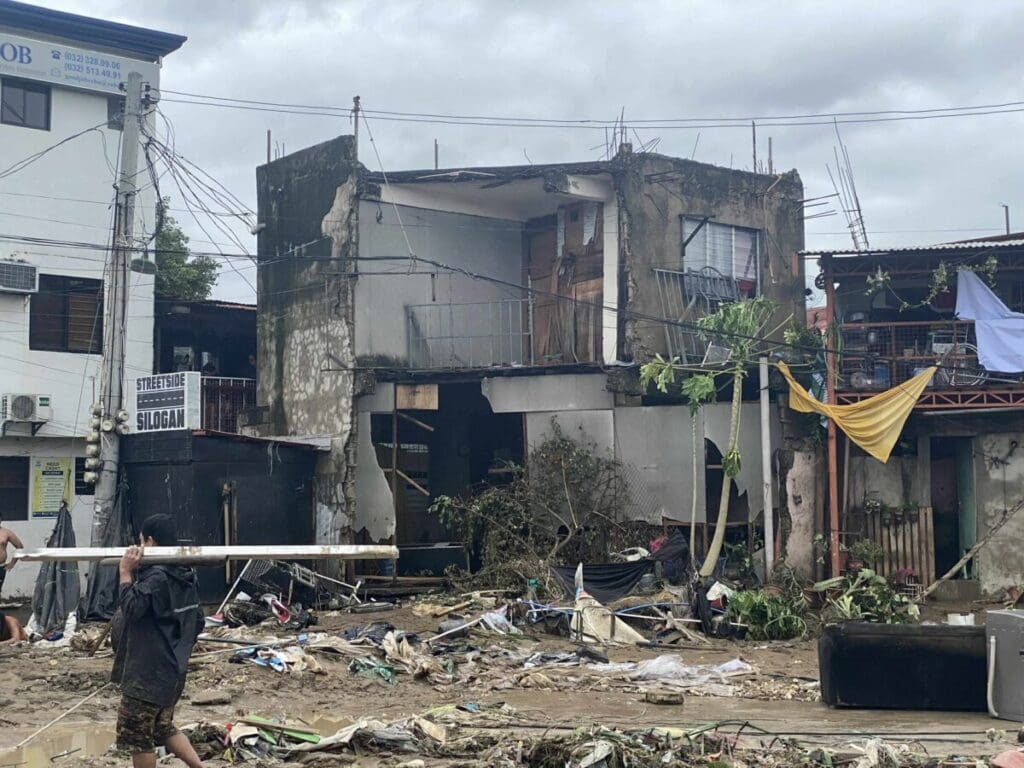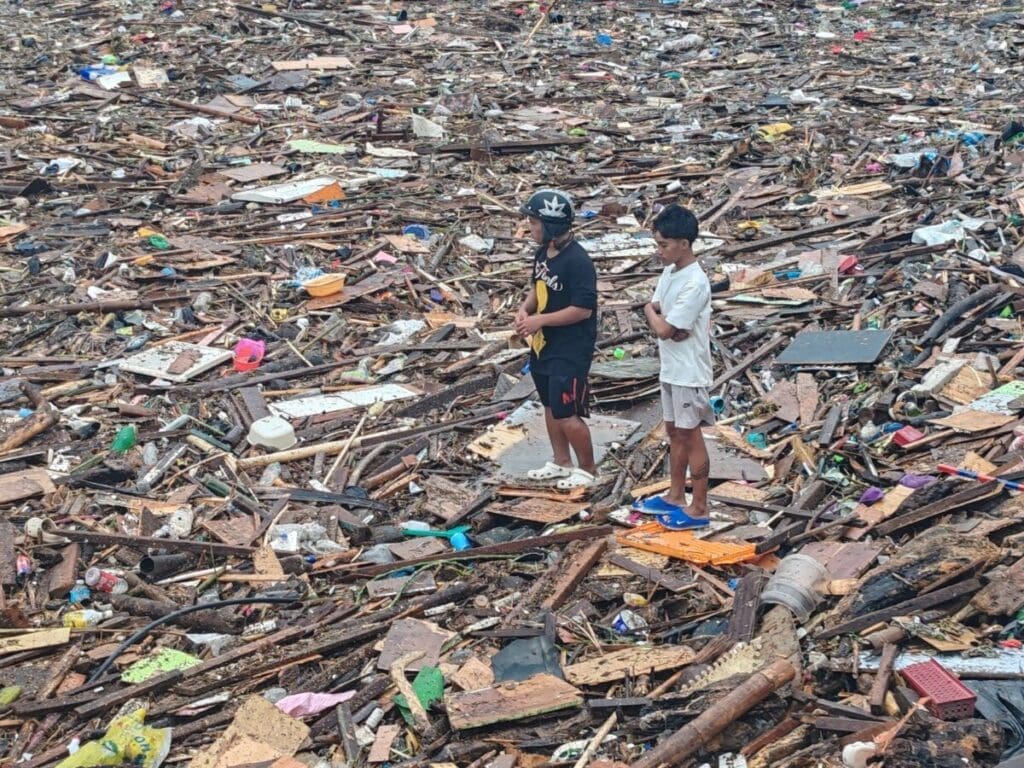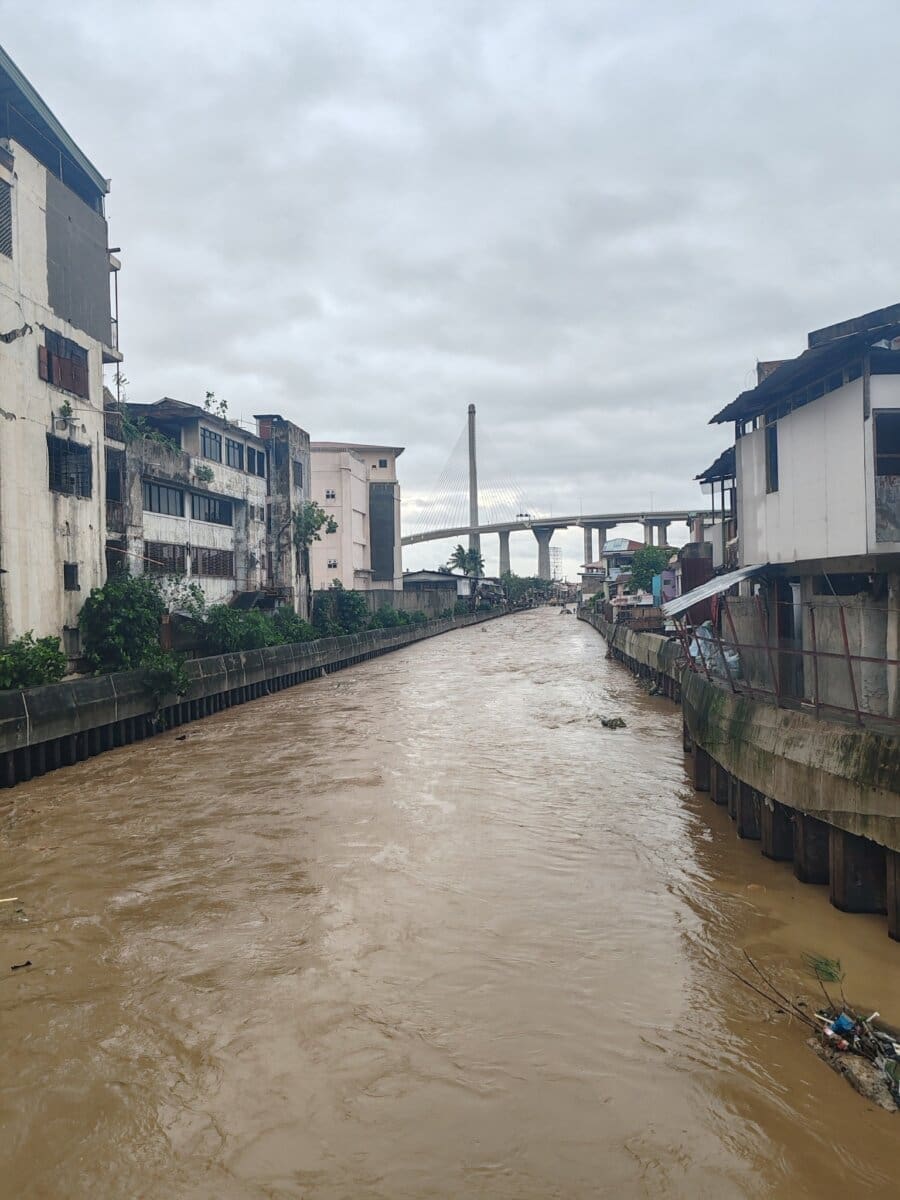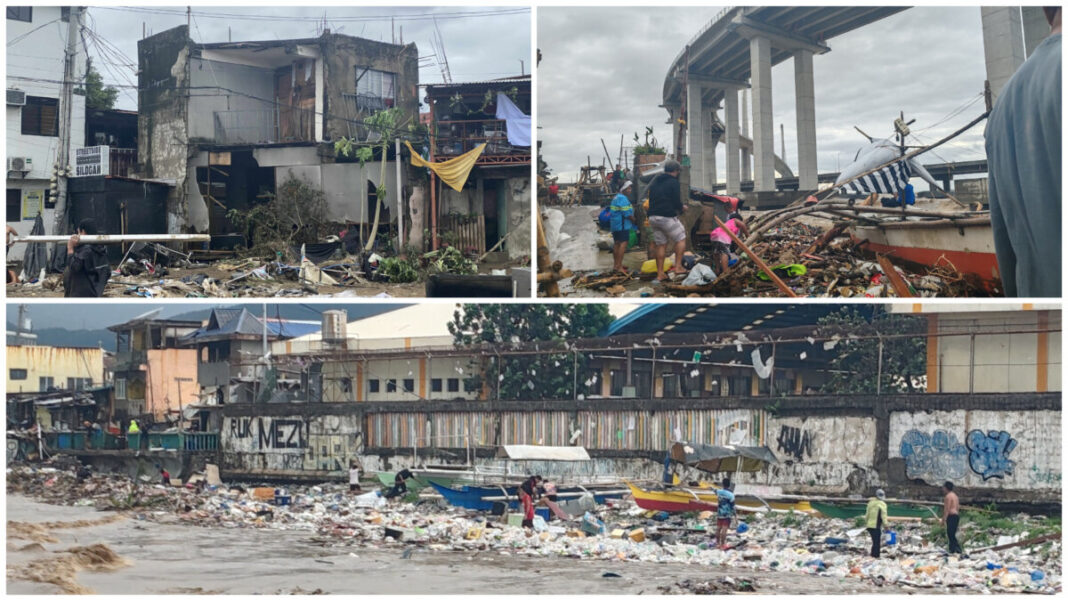The moral weight of Typhoon Tino and our environmental neglect

When Typhoon Tino tore through Cebu last week, it left shattered homes, submerged streets, and displaced families in its wake. For many, it felt like nature’s fury. Yet scientists warn that such destruction is no longer just natural. According to the Intergovernmental Panel on Climate Change (IPCC), global warming has made typhoons stronger and wetter by heating ocean waters and altering wind patterns (IPCC, 2023). The storm that flattened coastal villages was not only powered by wind, it was fueled by years of human neglect.
The Science We Can’t Ignore

Typhoon Tino is part of a growing pattern. Data from the World Meteorological Organization (WMO) show that the Philippines faces more intense cyclones due to rising sea surface temperatures (WMO, 2024). Warmer oceans give storms like Tino extra strength, and deforestation in upland Cebu worsens flooding. What used to be acts of God are increasingly acts of consequence, our carbon footprint swirling back at us in the form of stronger storms.
When Science Meets Conscience

There is science behind every storm, but there is also conscience. As climate scholar Mike Hulme wrote, “We always get the weather we deserve,” a haunting reminder that our moral responsibility is intertwined with nature’s response (Hulme, 2022). Every plastic bag, every tree cut, every unchecked emission contributes to the invisible hand steering these tempests.
The Unequal Cost of Climate Karma

Typhoon Tino hit hardest in poor coastal barangays, areas least responsible for the emissions warming the planet. The United Nations Development Programme (UNDP) reports that vulnerable regions like the Philippines face up to fifteen times higher mortality from storms than wealthier countries (UNDP, 2024). This injustice transforms a natural disaster into a moral reckoning: those who suffer most are often those who contributed least.
Owning Our Storms

Cebu’s battered landscapes stand as both warning and mirror. We cannot stop storms from forming, but we can lessen their wrath by rethinking how we live, using less, wasting less, and protecting the ecosystems that shield us. Whether we call it science or karma, Typhoon Tino reminds us that the planet remembers. And until we take responsibility, the winds we’ve stirred will keep coming back to find us.

